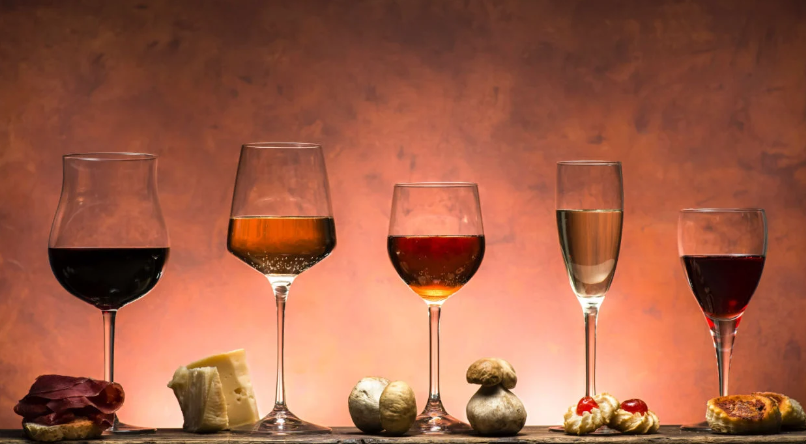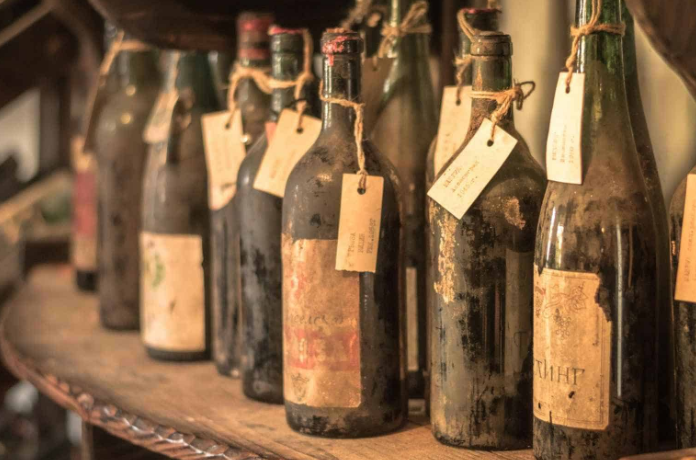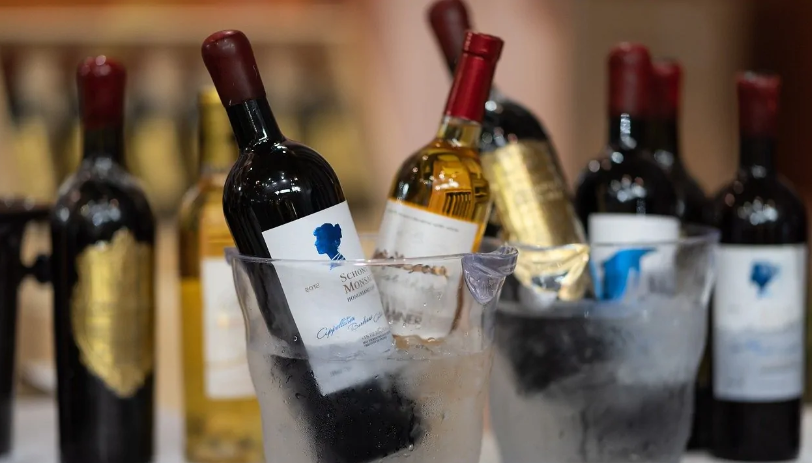Humans have been drinking wine for hundreds and thousands of years, and it has become a cultural symbol over time. Winemaking has developed into an art form as winemakers use various varietals, methods, places and ingredients to produce distinctive and complex wines. A mix of bold and complex wines can be intriguing and gratifying to explore for wine connoisseurs.
Strong smells and strong tasting notes, as well as complex tastes that shift from the moment you taste it to when you swallow, are characteristics of these wines. They are frequently designed to be drunk slowly since they are so strong. We’ll look at what makes a wine robust and complex, why wine lovers seek them out, and how to approach tasting a collection of these wines in this post.
What Characterizes a Bold and Complex Wine?
When we talk about wines that are “bold and complex,” we mean those with a full-bodied flavor and layers of complex smells and sensations. It is also distinguished by complex flavors that alter as you taste and swallow them. It is more intriguing than fruit juice because of this. Simple wine is probably not complex, although great, good, and wine is all complex. Full-bodied wines typically have an alcohol concentration above 13.5% by volume.
These wines typically have significant acidity and tannins, giving them depth and structure. They are frequently produced using grapes with a high skin-to-juice ratio, which results in the wine having more flavorings. These wines can also be produced in a more complicated manner, using methods like extended maceration, barrel aging, and blending to produce a wine that is rich and nuanced.
Why Do Wine Enthusiasts Look for Bold and Complex Wines?

Wine connoisseurs seek out strong, complex wines for a variety of reasons. These wines, among other things, provide a special and memorable experience. They are an excellent option for special occasions or fine dining since they have a depth of taste that stays on the palate and can be matched with a variety of cuisines. The taste must pay a little more attention and care to these wines to properly appreciate their complexity.
Finding a collection of rich, powerful wines may also be an adventure. Wine enthusiasts may learn about new geographical regions, grape types, and winemaking techniques through this. Every bottle has a unique personality and is like a new chapter in an unending book.
Guide to Tasting
A variety of strong, complex wines can be challenging to explore but to get you started, consider these suggestions:
Basic Wine Tasting
Before exploring the world of bold and complex wines, gaining a knowledge of wine tasting is necessary. To get you started, consider these suggestions:
- Examine the wine: Start by evaluating the wine’s clarity and color. After swirling the glass, look at the “legs” or “tears” that form to see how the wine flows. You may use these to gauge the wine’s body and alcohol content.
- Smell the wine: A wine’s scent can reveal information about its complexity and flavor. Take a deep whiff after swirling the wine to unleash the smell. Look for any earthy, flowery, or fruity aromas.
- Taste the wine: Take a small sip of the wine and let it dawdle in your mouth. Take note of the aromas, acids, and tannins. Consider how the wine tastes in your mouth: Is it smooth or harsh, light or heavy?
- Finish the wine: After swallowing the wine, notice how the flavors linger. A wine with a long finish is tasty and complex.
Trial and Error in Different Regions
Expanding your palette when it comes to the best red wine may be enjoyable and informative. Try wines from other places to learn about new flavors and scents. For instance, check out robust Malbec from Argentina or spicy Syrahs from France’s Rhone Valley. Consider examining the following areas:
- Bordeaux, France: This region is renowned for creating powerful and intricate red blends using Cabernet Sauvignon, Merlot, and other grapes.
- California’s Napa Valley is renowned for producing creamy Chardonnay and full-bodied Cabernet Sauvignon.
- Italy’s Tuscany region is renowned for producing robust and sophisticated Sangiovese-based red wines like Chianti and Brunello di Montalcino.
- Spain’s Rioja region is renowned for its Tempranillo-based rich and nuanced red wines.
Investigating Various Vintages

The flavor and complexity of wine can be significantly influenced by the vintage year. It can be helpful to sample many vintages of the same variety to better comprehend these variations. Here are some interesting vintages to try:
- 2010: A fantastic year for Bordeaux wines, with a warm growing season that resulted in robust wines with smooth tannins.
- 2013 was a difficult year for many places, yet some winemakers managed to create exquisite and complex beverages.
- 2016: A year that held promise for California Cabernet Sauvignon, with a warm growing season that resulted in robust and delicious wines.
- 2017 was a difficult year for many locations, but some winemakers managed to create structured and sophisticated wines.
Exploring Around with Different Blends
Many powerful and intricate wines are blending of various grape varieties. You can uncover new flavors and smells by experimenting with different combinations. Here are a few of the best red wine combinations to try. Blend of Bordeaux, usually a combination of Cabernet Franc, Merlot, and Cabernet Sauvignon, with flavors of cedar, cherry, and black currant.
Take Part in Tasting Events
These can be a fantastic opportunity to learn more about the wine industry and discover new wines, flavors, and scents from various areas and varietals. Additionally, you might have the chance to speak with winemakers and other industry experts who can give you specifics on the characteristics and production of the wine.
Maintain A Wine Diary
Make a note of the varietal, area, vintage, and tasting. Your preferences may develop trends over time, such as a predilection for wines from a specific location. It might be entertaining to read through earlier entries in your wine notebook and recall the wines you’ve tried. These can serve as a record of your wine experiences.
Wrapping It Up
The discovery process itself is what makes tasting a variety of robust, complex wines so enjoyable. With its distinct flavor and character, each bottle presents a fresh chapter in the history of wine. Don’t fear taking a chance and exploring the world, regardless of your level of wine expertise or where you are in your exploration. Who knows, you may find a new wine you would like.


